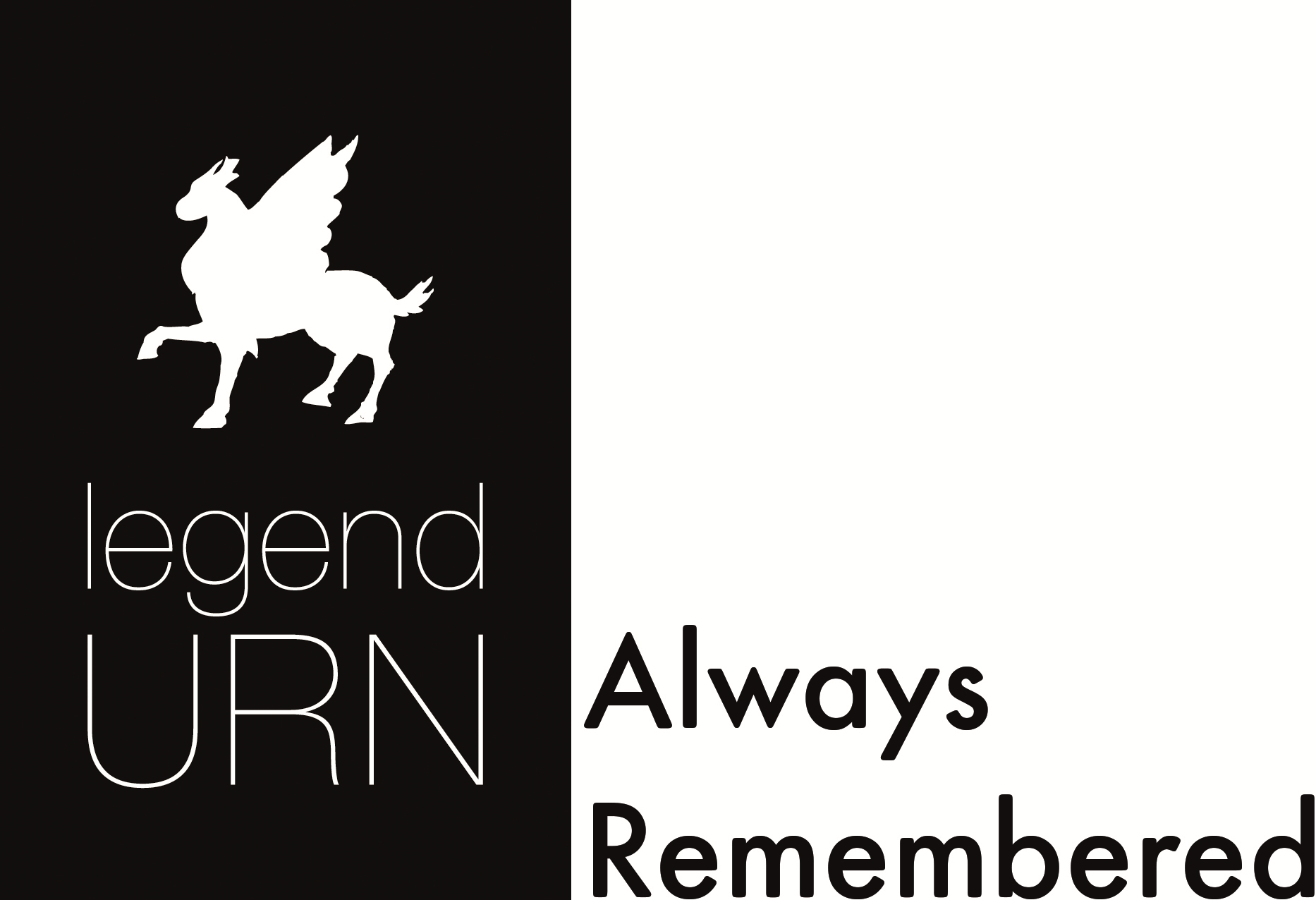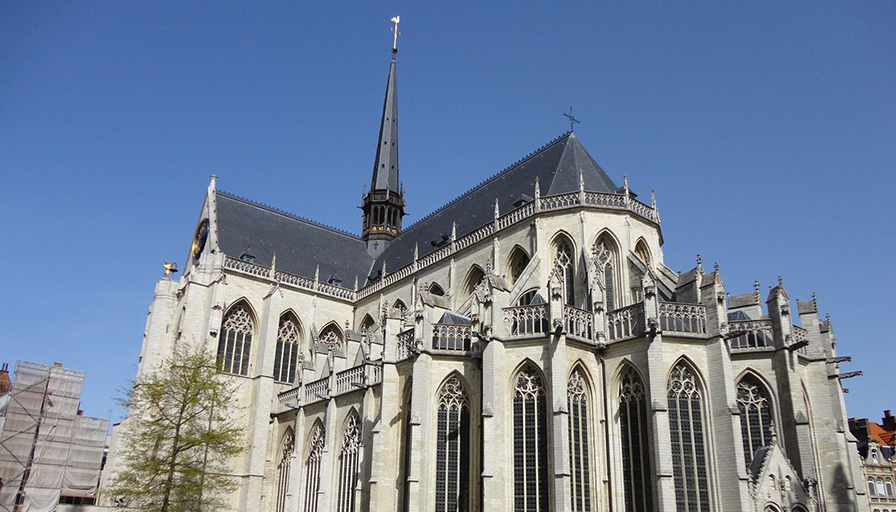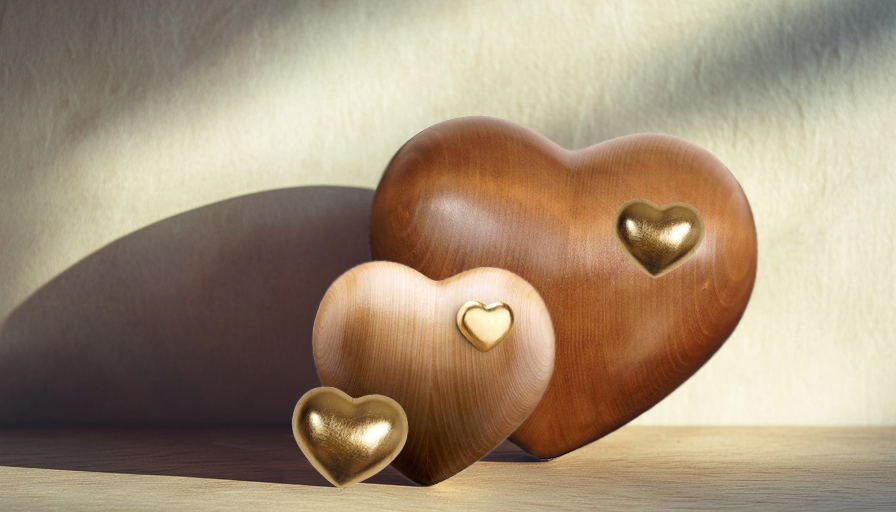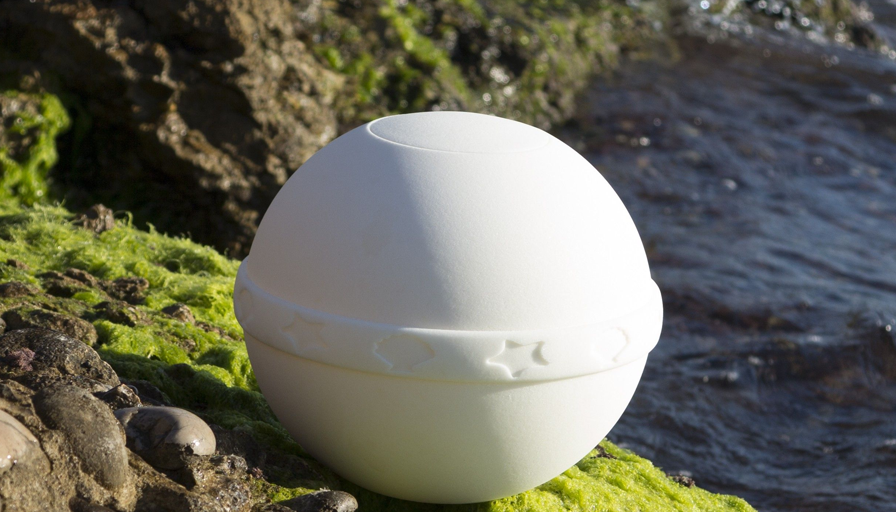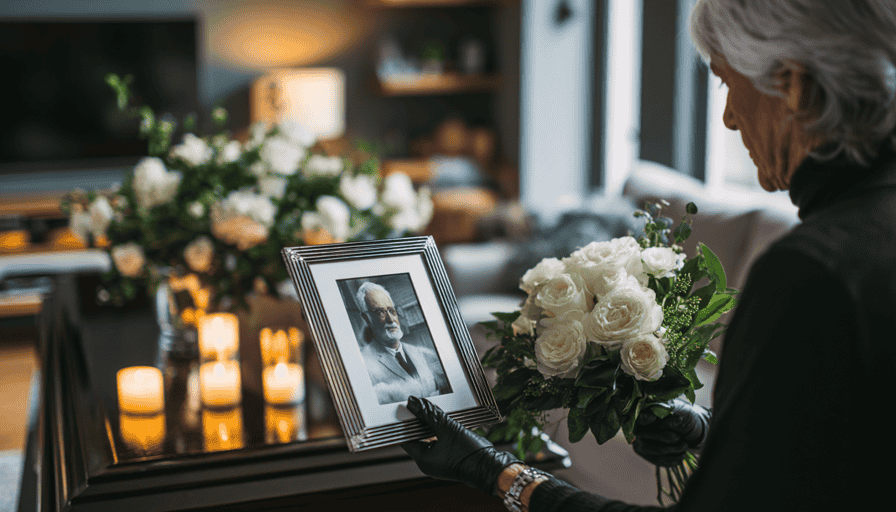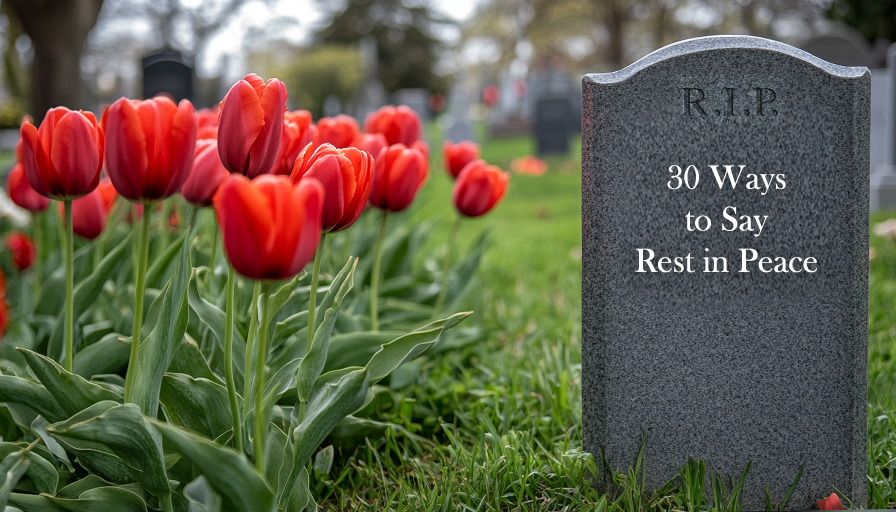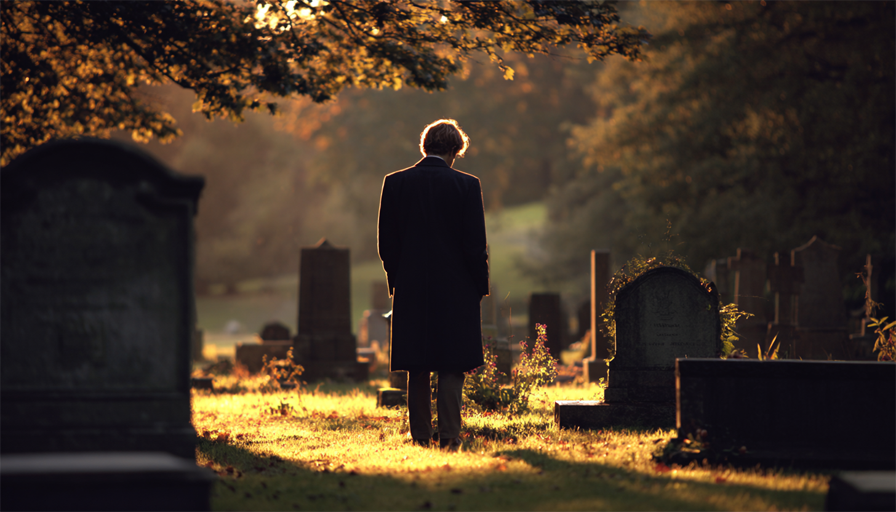Catholic Funeral Traditions and Customs: A Comprehensive Guide
Catholic funeral traditions are steeped in rich history and deep spirituality, reflecting centuries of faith and devotion. These customs are more than rituals; they serve as a means of honoring the deceased, providing solace to the grieving, and affirming the hope of eternal life. In this article, we will explore the key elements of Catholic funeral traditions, their spiritual significance, and the customs that guide these sacred events.
Understanding the Catholic Perspective on Death
Catholicism views death as a transition rather than an end. According to Catholic teaching, earthly life is temporary, and death is a passage into eternal life with God. This belief shapes the way Catholics approach funerals, emphasizing prayers for the deceased’s soul and the promise of resurrection.
The Catholic funeral rites are centered on three main components:
- The Vigil (Wake)
- The Funeral Mass
- The Committal (Burial)
Each of these stages reflects Catholic beliefs about life, death, and the afterlife.
1.The Vigil (Wake)
The Vigil, often referred to as the wake, is a time for family and friends to gather, remember the deceased, and offer prayers. This stage is typically less formal than the funeral Mass but remains deeply spiritual.
Key Elements of the Vigil
- Location: Vigils are often held in funeral homes, churches, or private residences.
- Prayers and Readings: A priest or layperson may lead prayers, including the Rosary or other devotions.
- Eulogies and Sharing Memories: Loved ones may share personal stories and reflections, celebrating the life of the deceased.
The Vigil allows mourners to express their grief, support one another, and begin the process of healing.
2. The Funeral Mass
The Funeral Mass, also known as the Requiem Mass, is the central liturgical celebration in Catholic funeral traditions. It is a sacred rite that intercedes for the soul of the deceased and brings hope to the living through the promise of Christ’s resurrection.
Structure of the Funeral Mass
- Entrance Procession: The priest, altar servers, and sometimes the casket, accompanied by family members, enter the church.
- Sprinkling with Holy Water: The priest sprinkles the casket with holy water, symbolizing the deceased’s baptism and entrance into the Christian community.
- Liturgy of the Word: Scripture readings, a psalm, and a Gospel passage are proclaimed. These readings often focus on themes of hope and eternal life.
- Homily: The priest offers a reflection on the readings and the promise of salvation, tailored to honor the deceased.
- Liturgy of the Eucharist: The congregation participates in the Eucharist, a key element of Catholic worship, offering prayers for the soul of the deceased.
- Final Commendation: The priest prays for the deceased, and the congregation bids a final farewell, entrusting the soul to God’s care.
The Funeral Mass is solemn yet hopeful, blending grief with the reassurance of faith.
3. The Committal (Burial)
The final stage of Catholic funeral rites is the Committal, during which the body is laid to rest. This ritual reflects Catholic beliefs about the sanctity of the body and the hope of resurrection.
Components of the Committal
- Blessing of the Grave or Mausoleum: The priest blesses the burial site, dedicating it as a sacred space for the deceased’s body to rest.
- Prayers for the Deceased: The priest and attendees offer prayers for the repose of the soul, asking God to grant the deceased eternal peace and comfort to the bereaved family.
- Rite of Committal: The body is lowered into the grave or placed in a mausoleum with words such as, “Ashes to ashes, dust to dust,” symbolizing the return of the body to the earth and the hope of resurrection at the end of time.
- Moments of Reflection: Many families take a quiet moment to lay flowers, soil, or other meaningful items on the casket as an act of farewell.
Cremation in Catholic Tradition
While burial has been the traditional practice, cremation is now an acceptable option in the Catholic Church, provided it aligns with the faith’s teachings.
- Respect for the Body: Cremated remains must be treated with the same dignity as a body, emphasizing the Catholic belief in the sanctity of the human body.
- Proper Placement of Ashes: The Church encourages that ashes be buried in a consecrated grave or placed in a mausoleum or columbarium. Scattering ashes or keeping them at home is discouraged as it does not reflect the reverence due to the remains.
- Inclusion in Funeral Rites: Cremated remains can be present at the Funeral Mass and receive the same blessings and prayers as a body.
Cremation allows for flexibility while maintaining respect for Catholic traditions and teachings.
Symbols and Traditions in Catholic Funerals
Catholic funerals are rich in symbolism, each element carrying spiritual significance.
1. Holy Water
Holy water is used to bless the body, reminding attendees of the deceased’s baptism and their incorporation into the Church.
2. Incense
Incense is burned during the Funeral Mass and at the committal. Its rising smoke symbolizes prayers ascending to heaven and honors the sacredness of the body.
3. Paschal Candle
The Paschal candle is placed near the casket, representing the light of Christ and the hope of eternal life.
4. White Vestments
Priests often wear white vestments during the Funeral Mass to symbolize hope and the joy of resurrection.
Cultural Variations in Catholic Funerals
While the core elements of Catholic funerals are consistent, cultural traditions add unique expressions to the rites.
Hispanic Catholic Funerals
In Hispanic cultures, novenas (nine days of prayer) are often held after the funeral. Family and friends gather to pray for the soul of the deceased, fostering a sense of community and ongoing support.
Filipino Catholic Funerals
Filipino customs may include extended wakes lasting several days, during which the Rosary is prayed nightly. After the burial, families often hold a feast to honor the deceased.
Irish Catholic Funerals
Irish traditions often include a lively wake where stories, songs, and laughter mingle with prayers, reflecting a balance of mourning and celebrating the deceased’s life.
The Role of Music in Catholic Funerals
Music plays a vital role in Catholic funerals, enhancing the spiritual atmosphere and offering comfort to mourners.
Traditional Hymns
Hymns such as “Ave Maria,” “On Eagle’s Wings,” and “Amazing Grace” are commonly sung, reflecting themes of faith and hope.
Liturgical Music
Liturgical settings of the Mass, including the Responsorial Psalm and Communion Hymns, are integral to the Funeral Mass.
Music not only honors the deceased but also uplifts the hearts of the grieving.
Preparing for a Catholic Funeral
Families planning a Catholic funeral should work closely with their parish and funeral home to ensure all aspects align with Church teachings.
Key Steps
- Contact the Parish: Notify the parish of the death and schedule the Funeral Mass.
- Choose Readings and Hymns: Select scripture readings and hymns that reflect the deceased’s faith and life.
- Coordinate with the Funeral Home: Work with the funeral director to arrange the wake, transportation, and burial.
- Consider Memorial Donations: Many families request donations to the Church or charities in lieu of flowers.
Modern Adaptations
While traditional Catholic funeral rites remain intact, some families incorporate modern elements to personalize the service. These may include:
- Photo Slideshows: Displaying images of the deceased’s life during the wake or reception.
- Personal Eulogies: Allowing family members to share heartfelt tributes during the Vigil or after the Funeral Mass.
- Virtual Attendance: Streaming the service for loved ones who cannot attend in person.
These adaptations help balance tradition with the needs of contemporary families.
Why Catholic Funeral Traditions Matter
Catholic funeral traditions are more than rituals; they are profound expressions of faith and community. They provide a structured way to grieve, honor the deceased, and find hope in the promise of eternal life. By participating in these customs, mourners connect with centuries of tradition and find solace in their shared faith.
Whether steeped in cultural variations or adapted to modern needs, Catholic funerals remain a testament to the enduring power of faith and the hope of resurrection.
FAQs About Catholic Funerals
How long after death should a Catholic be buried?
Traditionally, Catholics are buried within two to three days after death, but modern practices may allow for longer periods to accommodate family travel or other logistics. These considerations often depend on the family's needs, cultural practices, and parish schedules.
What is the order of a Catholic funeral Mass?
The Catholic funeral Mass follows this order: Entrance Procession, Sprinkling with Holy Water, Liturgy of the Word (Readings, Psalm, Gospel, and Homily), Liturgy of the Eucharist, and Final Commendation. Each step reflects the core beliefs of the Church about life, death, and resurrection.
How long is a Catholic funeral?
A Catholic funeral Mass typically lasts between 45 minutes to an hour. If you attend the Vigil and the Committal, the entire series of rites may extend to a few hours. Additional time for receptions or gatherings afterward can vary greatly.
What should I wear to a Catholic funeral?
Attendees should wear modest and respectful clothing in dark or subdued colors. Men typically wear suits or dress slacks with a collared shirt, while women wear dresses, skirts, or tailored pants. It is important to prioritize simplicity and respect over fashion. *What to wear to a funeral? Clothing tips.
Are there flowers at Catholic funerals?
Yes, flowers are often present at Catholic funerals. They are usually subdued and placed to enhance rather than detract from the solemnity of the service. White flowers are especially common, symbolizing purity, hope, and the promise of eternal life. Families may also request specific floral arrangements or donations to a cause in lieu of flowers.
Alternative Funeral Options
If a traditional funeral doesn’t feel like the right choice for you, there are alternative options to consider. For example, you could combine elements of a traditional Catholic funeral with a more personalized memorial service. A Catholic wake and funeral Mass could be followed by an outdoor ceremony where ashes are placed at the base of a memorial tree in a natural setting.
These alternative arrangements allow families to honor their loved ones in meaningful and personalized ways while respecting Catholic traditions. Whether you opt for a traditional religious ceremony or a customized approach, the key is to create a service that reflects the values and wishes of the deceased and their family.
Final thoughts
This comprehensive guide explores Catholic funeral traditions, emphasizing their spiritual depth and historical roots. Key components include the Vigil (Wake) for reflection and prayers, the Funeral Mass featuring sacred rites like the Liturgy of the Word and Eucharist, and the Committal (Burial) symbolizing hope in resurrection. Modern practices allow for cremation, provided ashes are treated with respect and placed in consecrated spaces. The text also highlights cultural variations, such as novenas in Hispanic traditions and extended wakes in Filipino customs, while underscoring the role of music and symbolic elements like holy water and incense.
Preparation involves collaboration with parishes and funeral homes, while modern adaptations, like virtual attendance and personalized tributes, help balance tradition with contemporary needs. The guide concludes with alternative funeral options, blending traditional Catholic elements with personalized ceremonies, ensuring a meaningful farewell that respects the deceased's wishes.
If you have any questions, comments or according to you certain information is missing after reading this post, feel free to contact us via the contact form.
